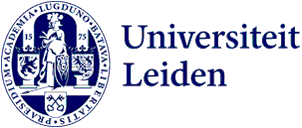Interacting Particle Systems(IPS) were introduced in 1970 by Spitzer and are since then an important area in probability theory, with links to the field of partial differential equations (diffusion equations, hyperbolic conservation laws), via so-called hydrodynamic limits. IPS are also used as models of non-equilibrium statistical mechanics, as well as models for various stochastic phenomena such as spread of an infection, evolution of a population, etc. In this course we introduce basic techniques of this field in the spirit of Liggett’s book. These are: – Semigroups, generators, Markov processes. – Monotonicity and FKG. – Coupling. – Duality. – Reversibility and spectral theory. We then apply these techniques in a detailed study of the exclusion process. This is a system of infinitely many particles moving according to symmetric random walk over the lattice, with the restriction that every lattice site contains at most one particle. The exclusion process is used as a model of a high-temperature gas, and asymmetric versions of it are used in mathematical study of traffic flow.
Literature
lecture notes of Liggett will be made available.
Course objective
2 hours of lecture
Examination
oral presentation
